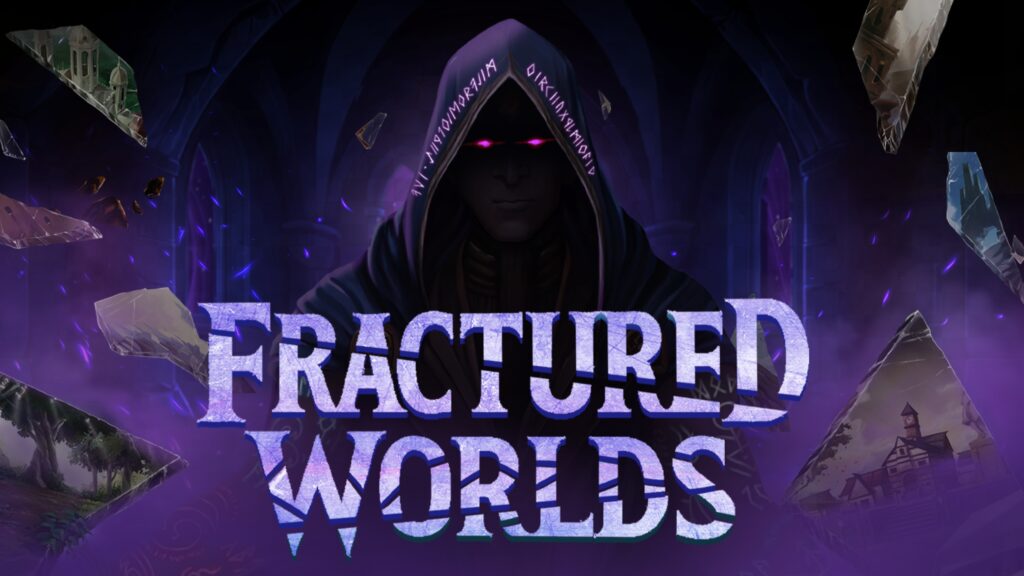How Written Feedback Helps
Post-game surveys are a great way for developers to understand a player’s opinions/experiences of a game, then use that feedback to create a more enjoyable player experience. Player feedback is an important part of developing an enjoyable and appealing game, so it is also important that players try their best to give detailed and helpful comments on their own game experience. In this guide, I will explain some best practices for answering various types of post-game session survey questions so that your survey answers will be as helpful as possible in the game development process.
Types of Questions
There are two types of survey questions that you might encounter in a post-game survey: open-ended survey questions and close-ended survey questions. The only difference between these question types is the number of choices available for the answer. Close-ended questions have a finite, or limited, number of set-in-stone answer choices; on the other hand, open-ended questions allow you to freely respond in sentence form, and therefore have an infinite number of potential answers.
For Close-Ended Survey Questions
These types of questions are the ones with a limited number of possible answer choices. For example, multiple choice questions, rating questions, and yes/no questions are all types of close-ended questions. Since the number of answers per each of these questions is limited (limited by yes or no, a scale of 1-5, etc.), you only need to choose the answer choice that you think best fits.
For Open-Ended Survey Questions
These types of questions ask for your thoughts/opinions in your own words. Unlike close-ended questions, there are an infinite number of ways to answer open-ended questions. With these questions, it is important to be as specific as possible, and to explain the “why?” behind your answer.
For example, for a survey question that asks:
“Was there a time during your game session when the objective of the game was confusing/difficult to understand? If so, describe your experience.”
Good Answer Example:
“I had trouble getting from checkpoint A to checkpoint B, and the puzzle at the end was really hard.”
Better Answer Example:
“I had trouble getting from checkpoint A to checkpoint B because the compass at the top of the screen does not indicate exactly where the next checkpoint is, just the general direction. Also, the puzzle after leaving checkpoint B was confusing because it is very far from the actual door that it opens, and I was not able to see that the door opened when I solved the puzzle.”
Summary
By comparing these examples, you can see how much more information the second one provides when compared to the first. By explaining your thoughts and what prompted those thoughts, you can paint a better picture of what needs improvement for the developers.
On a final note, with open-ended survey questions, don’t be afraid of being sincere and/or providing negative feedback. Developers want real, candid feedback of their games, and with honest responses, developers can work to improve the lacking elements of their games.
Resources:
YourDictionary. “Examples of Open-Ended and Closed-Ended Questions.” YourDictionary, 20
Mar. 2017, examples.yourdictionary.com/examples-of-open-ended-and-closed-ended-questions.html.



